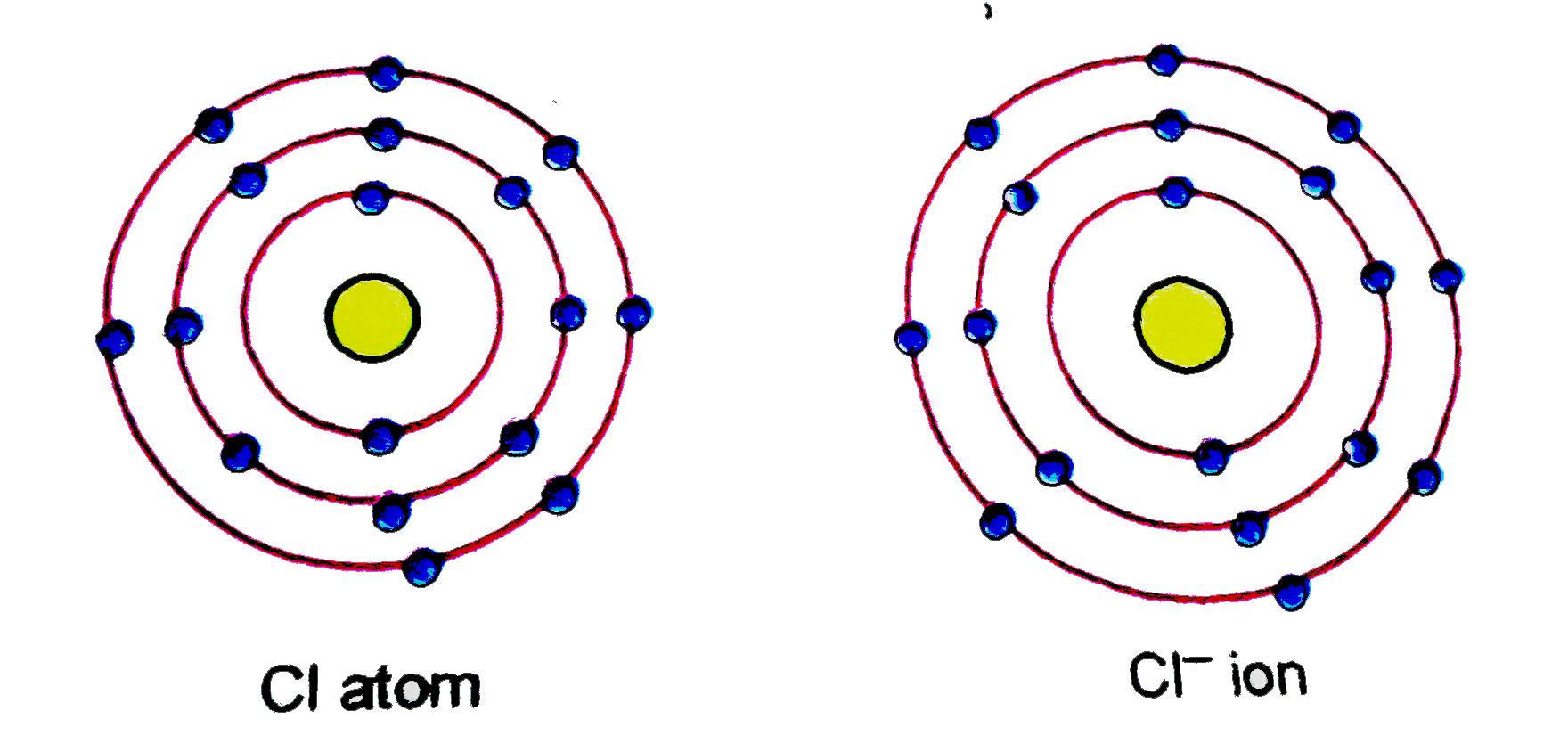Chlorine(17Cl) has 25 isotopes with mass numbers ranging from 28Cl to 52Cl and 2 isomers(34mCl and 38mCl). There are two stable isotopes, 35Cl (75.77%) and 37Cl (24.23%), giving chlorine a standard atomic weightof 35.45. The longest-lived radioactive isotope is 36Cl, which has a half-life of 301,000 years. Chlorine(17Cl) has 25 isotopes with mass numbers ranging from 28Cl to 52Cl and 2 isomers(34mCl and 38mCl). There are two stable isotopes, 35Cl (75.77%) and 37Cl (24.23%), giving chlorine a standard atomic weightof 35.45. The longest-lived radioactive isotope is 36Cl, which has a half-life of 301,000 years. This is most apparent (at this level) when atoms such as bromine or chlorine are present in a molecule because those elements naturally exist with a significant% of the heavier isotope. For example, while C has 2 common isotopes, 12C and 13C, 13C represents only about 1% of natural carbon. And 37Cl, with about 25% being 37Cl. There are two naturally occurring isotopes of chlorine exist, 35 Cl, and 37 Cl. 35 Cl has a mass of 34.9689 amu with a natural abundance of 75.77%. 37 Cl has a mass of 36.9659 amu with a natural abundance of 24.23%. Together they give chlorine an atomic weight of 35.4527 g/mol. Periodic Table-Chlorine. Chlorine has 9 isotopes with mass numbers ranging from 32 to 40. Only three of these isotopes occur naturally: stable 35 Cl (75.77%)and 37 Cl (24.23%), and radioactive 36 Cl. The ratio of 36 Cl to stable Cl in the environment is about 700 x 10-15: 1 (Bentley et.
| Chapter 13: Spectroscopy |
Isotope patterns for -Cl and -Br

- Mass spectrometers are capable of separating and detecting individual ions even those that differ only by a single atomic mass unit (note in rality they are far more sensitive than that!)
- As a result, molecules containing different isotopes can be distinguished.
- This is most apparent (at this level) when atoms such as bromine or chlorine are present in a molecule because those elements naturally exist with a significant % of the heavier isotope.
- For example, while C has 2 common isotopes, 12C and 13C, 13C represents only about 1% of natural carbon. In contrast, Cl has 2 common isotopes, 35Cl and 37Cl, with about 25% being 37Cl.
- Typically, one looks at the molecular ion peak, 'M' (since this is being identified and used to determine the MW).
- When working with MW from the molecular ion in MS, the best approach is to always use the lighter ion (i.e. M) and the mass of the lighter isotope (i.e. for Cl use 35 not 35.5, or, for Br use 79 and not 80)
- 35Cl : 37Cl exists naturally in an almost 3:1 ratio, so we observe peaks at 'M' (molecules with an atom of 35Cl) and 'M+2' (molecules an atom of 37Cl) are obtained with relative intensity 3:1
- 79Br : 81Br exists naturally in an almost 1:1 ratio, so we observe peaks at 'M' (molecules with an atom of 79Br) and 'M+2' (molecules an atom of 81Br) are obtained with relative intensity 1:1
- Note that since the relative natural abundances of the isotopes are different, you can tell the difference between the presence of Cl and Br. The patterns are different, they look different.
- 'M+1' peaks are usually seen due to the presence of 13C in the sample but because 13C is only about 1% of natural carbon, the peaks tend to be small (unless there is a large number of C atoms present). Note that you can see the small peaks due to the presence of 13C in the figures shown for Cl and Br, they look like little shadows on the right of the other peaks.
The following two examples of mono-haloalkanes mass spectra show the characteristic isotope patterns of monohalogenated molecules. The patterns are highlighted in the green boxes:
Example 1 :

This MS is of 2-chloropropane, C3H7Cl.
Note the characteristic isotope pattern at 78 (M) and 80 (M+2) in a 3:1 ratio.
Loss of 35Cl from 78 or37Cl from 80 gives the base peak a m/z = 43 (M - 35 = M+2 - 37 = 43) corresponding to the secondary propyl cation.
Note that the peaks at m/z = 63 and 65 represent fragment ions that still contain Cl and therefore also show the 3:1 isotope pattern.
The very small peak at 79 represents M+1, the small number of molecules that contain 35Cl and an atom of 13C rather than 12C.
The even smaller peak at 81 presents M+2+1 = M+3, a very small number of molecules that contain 37Cl and an atom of 13C rather than 12C.
Example 2 :
What Are The Two Isotopes Of Chlorine? - Quora
This MS is of 1-bromopropane, C3H7Br.
Note the isotope pattern at 122 and 124 represents the M and M+2 in a 1:1 ratio.
Loss of 79Br from 122 or 81Br from 124 gives the base peak a m/z = 43, corresponding to the propyl cation.
Note that other peaks, such as those at m/z = 107 and 109 (yes, they are small) still contain Br and therefore still show the 1:1 isotope pattern.

Note: the isotope patterns for polyhalogenated molecules (such as having both -Cl and -Br or with multiple -Cl or -Br) give different (but still characteristic isotope patterns).
Atomic Mass Of Chlorine Is The Weighted Average Of The Isotopic Masses Of The Naturally Occurring Isotopes Of Chlorine. Cl-35 …. 34.9689 Amu …. 75...
| © Dr. Ian Hunt, Department of Chemistry |
Isotopes Of Chlorine And Bromine
